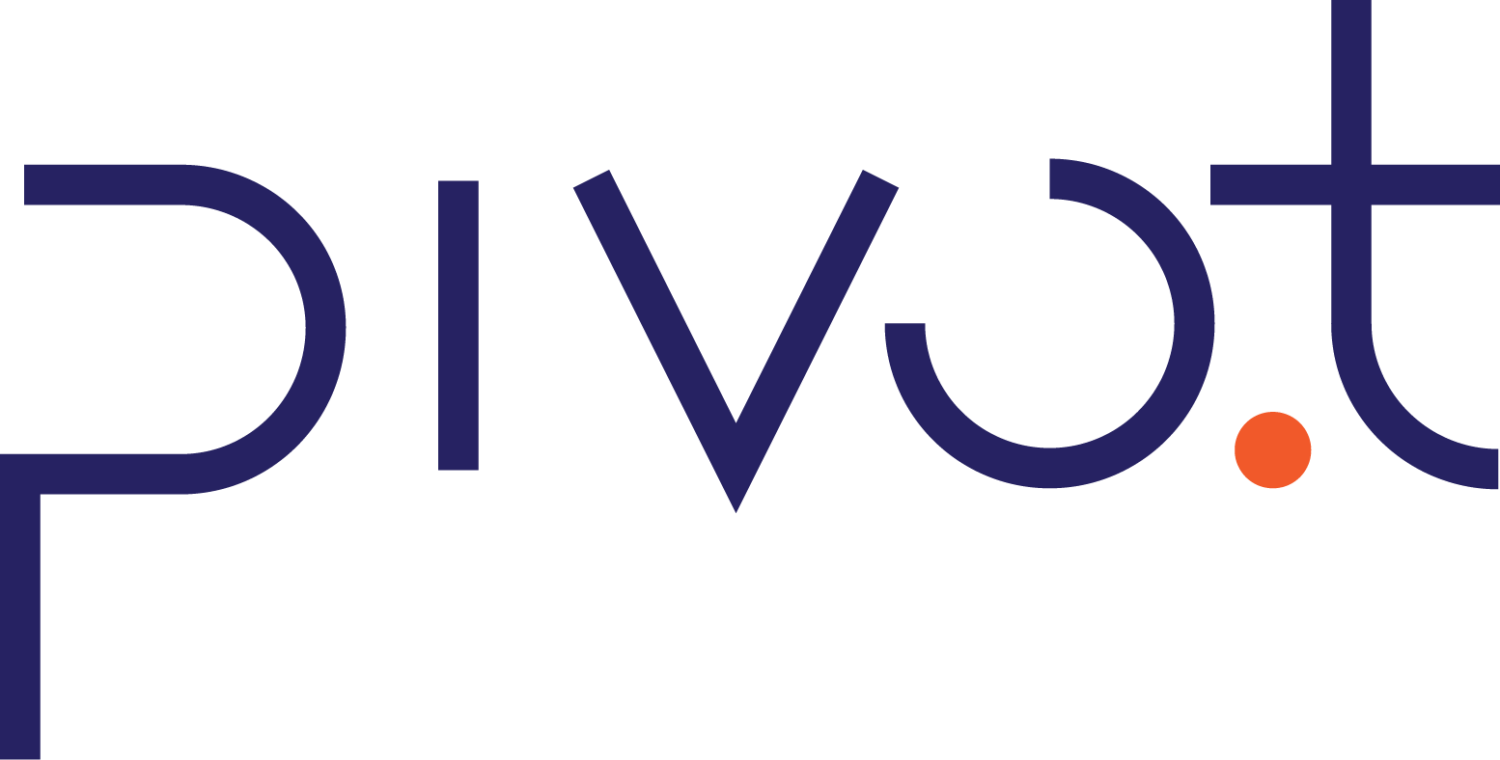Gordon McCambridge
December 16, 2020
Shenzhen, Guangdong, China
Hello Everyone,
Apologies for the gap between our newsletters. It has been a busy year. In place of our normal format, I was thinking I could use this opportunity to send an end-of-year message. It has definitely been a strange one, though on the whole I feel fortunate. Thanks to you all and the nature of the pandemic, hardware and manufacturing seems to have been a relatively resilient part of the global economy. China has also been a good place to be, and I continue to feel grateful to both the government and the people for their collective covid response. A downside has definitely been our inability to see each other in person. However, I do think this year has given many of us time to reflect.
I could not have foreseen this journey when I moved to Shenzhen. At that time I more sensed that between the opportunities available in China and my own interest and skills, there might an opportunity to create value. Many lessons have been learned over the years, with course adjusting a few times. Our customers don’t necessarily see this progress, being an ocean away, and therefore I’ve found all have slightly different perceptions of us based on when we met and what we do together. Now at the start of my sixth year in Shenzhen I was thinking I could share some of the key lessons and the ways we are adapting.
1. China has more to offer than just hands
Growing up in the US, the perception I feel I received was that China was largely a source of labor. In retrospect this is also the attitude with which I arrived in Shenzhen. But now my feeling is Chinese people, particularly the younger generation, are very much prepared to work at a global standard. Not only as factory workers but as engineers, project managers, accountants, software developers, etc. Half of Chinese young people now go to university. Comparing globally, I feel as if Chinese labor is closer to properly valued, where Chinese professional work remains undervalued. Therefore I think it is a worthy goal to create and enable these sorts of higher level jobs in China, hopefully for everyone’s benefit.

Clockwise from Top Left: Sylvain, Kuan, Emilia, Vivian, Yaning
Engineering + Operations
I wasn’t fully conscious of these opportunities when we formed Pivot. But first working with Irene and then the rest of the team has made it abundantly clear. In hindsight building our own team, along with continuing to work with our local vendors and partners, was definitely the right move.
2. Combining engineering and manufacturing has huge benefits
I realized early on in Pivot that we needed to be not only designing and sourcing but fully making things ourselves. One rationale was along lines of “nobody likes a middleman”. I realized it may be a better business model for both us and our customers if we could produce ourselves rather than acting as a kind of service provider. But perhaps more profoundly there seemed to be real benefit to having the two skill sets together. This becomes quite clear when watching Kuan, who designed both the mechanical and electrical aspects of a certain product, quite literally working hand-in-hand with the person doing said assembly project. Whether we think of this benefit primarily showing up in product quality, production speed, or cost reduction, it is clearly there, and we hope clearly a benefit to both ourselves and our customers.
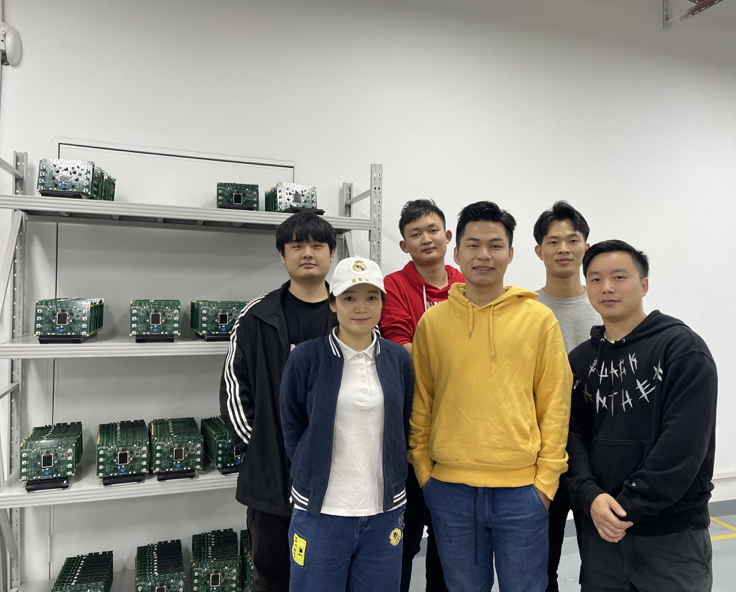
Clockwise from Top Left: Peng, Jason, Wang, Peter, Long, Meng
The Production Team
Over the last few years we have been building an in-house team to take on sourcing, assembly, testing, and packaging. We’ve found a sweet spot with runs from high hundreds to mid-thousands of pieces; the majority of our revenue now comes from these sorts of projects. As of October of this year we have moved into a new space: much larger, with high ceilings and plenty of room for work and storage. We have been passing our various inspections to become a full-fledged factory in the eyes of the government. In a similar vein, we’ve been able to process VAT returns for the goods we export from the second half of this year.
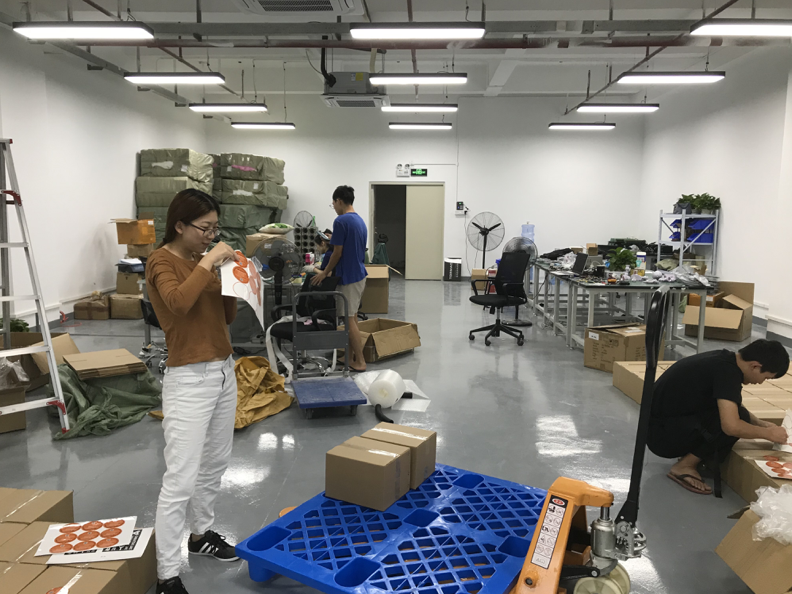
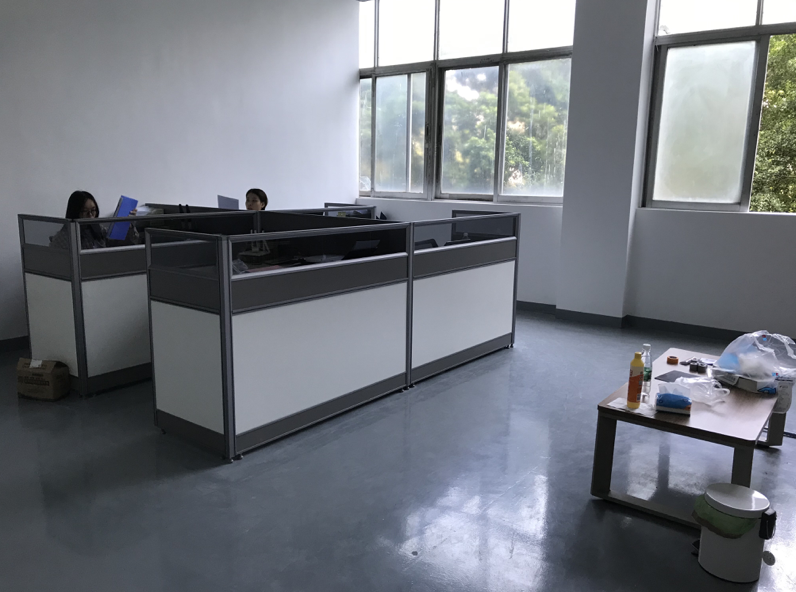
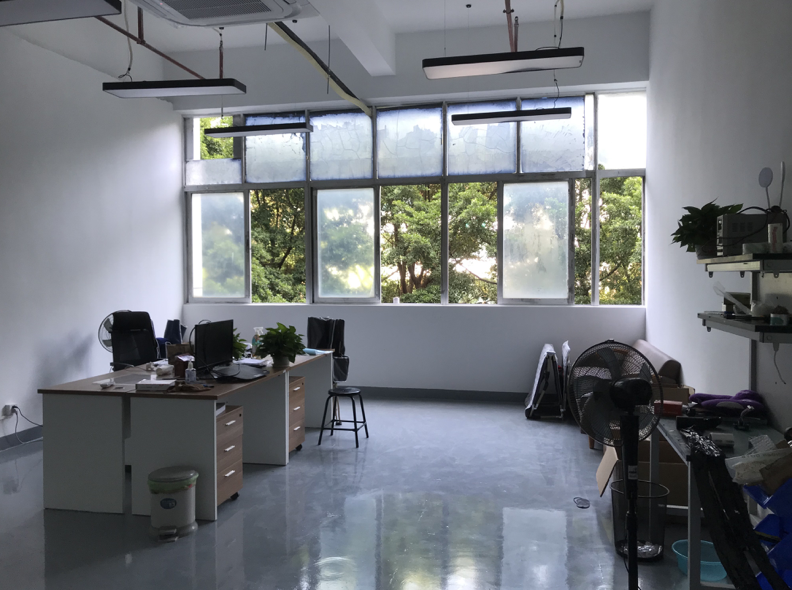
Scenes from the New Office
3. Trade may no longer be free and easy
Label it “Made in China”, put your products in a container, find some sort of HS code, send it off. Worst case scenario you might pay 5% duty coming into the port. Doesn’t that just seem so quaint now? While manufacturing has always had challenges, it seems in retrospect that trade was remarkably easy over the last few decades. Tariffs and trade wars, anti-dumping, and export controls now seem like factors that will play a much larger role in our lives. And not just in a US-centric way, but where a whole host of countries and organizations can impact the global environment. Increased awareness, knowledge, and capability will definitely be required.
I’ve had some indecision about committing to a plan here, particularly with regard to the recent US election. If a Biden administration sets things back to the way they were in 2016, could this all be for naught? Covid has also limited options this year; I’m thankful to be able to go to work in China, at any tariff rate. But I’m increasingly convinced that the cat is out of the bag. We’ve seen this kind of aggressive behavior and action in not only US/China relations but also US/Canada/Mexico, US/EU, China/India, China/Australia, Everybody/Russia, Brexit. So even if we see some kind of short-term reset (which too seems increasingly unlikely), the risk remains. We wouldn’t tolerate this kind of risk in the technical aspects of our products, so why would we accept it in the financial aspects? It seems time for a proactive approach.
Vietnam seems like the right place for us to go for the following reasons:
1. You can drive there
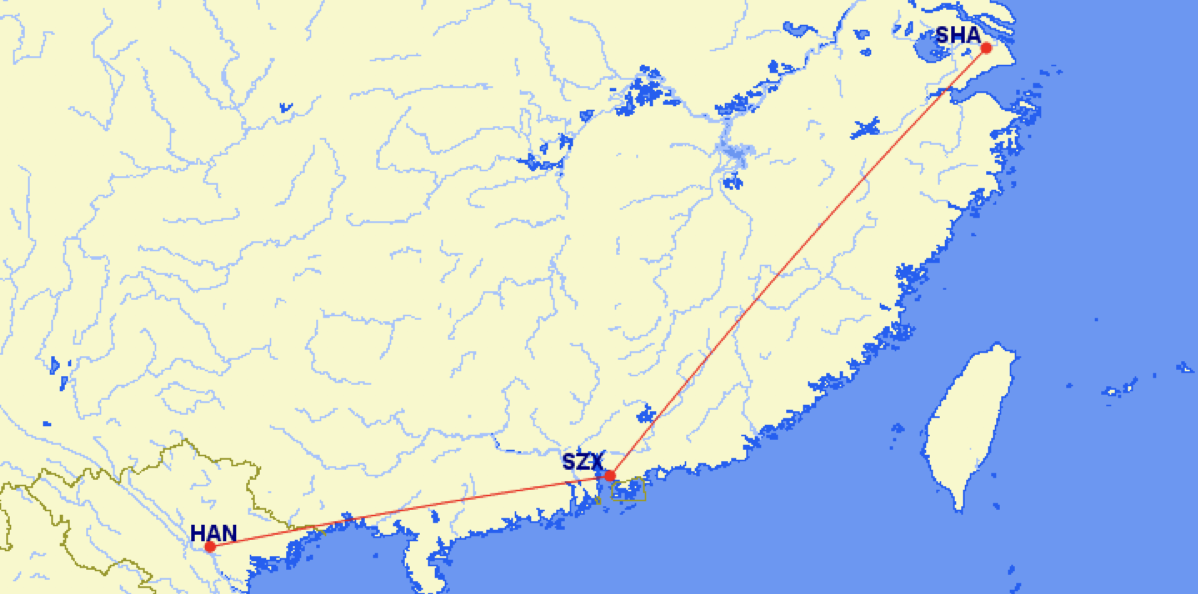
Hanoi is actually closer to Shenzhen than Shanghai. Shipments to northern Vietnam can easily pass through the Pingxiang border in Guangxi. Pre-covid there were three flights per day between Hanoi and Shenzhen.
2. Strong trade infrastructure + experience in inter-Asian trade
Vietnam is already quite connected to the rest of Asia via trade, particularly Japan. Government and financial institutions are ready for exporting businesses. Haiphong and Cai Mep are global ports.
3. Options for local sourcing
Nowhere equals China when it comes to manufacturing base. However our experience thus far has shown that the areas surrounding Hanoi and HCMC have many basic manufacturing services available – machining, injection molding, casting,
PCBA, etc. Beside a possible opportunity for cost savings, taking advantage of these resources will be important when making sure that our products always meet the standard for any value-added based methods of determining Country of Origin.
4. Everyone agrees, it’s not China
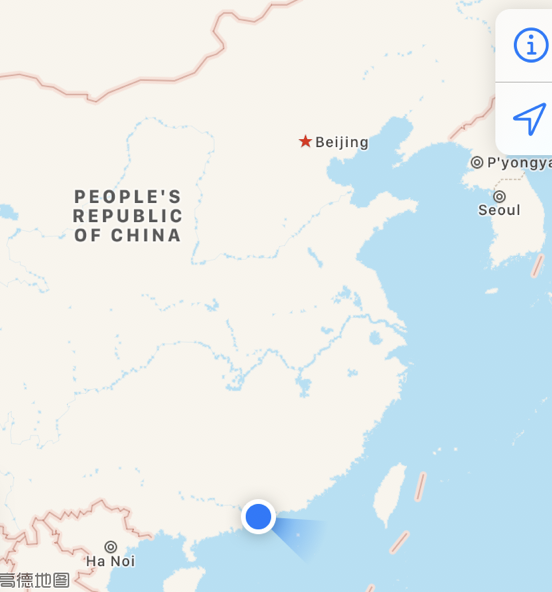
Another location to consider would be Taiwan, but the geopolitical risk may be too high, particularly when separation from China is a primary goal.
5. The right “direction” in terms of economic development
Folks say Vietnam today is similar to China 30 years ago. If that is the case, then now could be the moment to begin building a manufacturing operation in Vietnam.
Despite covid limitations, we have been able to make some progress this year, largely through the efforts of our colleague Chi in Ho Chi Minh City. We’ve set up a company in Vietnam and begun using it in our current import/export type projects. This has been very helpful for learning the ropes. We are working with Chi now to find additional help as well as identify a space we can use for assembly and testing.
The vision is a space with a few workers, with both our VN team as well as members of our Chinese team working together to teach and supervise. Our goal will be to do our first Vietnam assembly projects in the spring, hopefully along with a vaccine and a relaxation of travel restrictions. If you would be interested in trying to do something with us on this front, would be glad to start working your specific projects into our larger discussions.

A photo of Chi from January, the last time we could see her in person. Glad she has been well and able to continue helping us this year.
And if in the future we see something similar in Vietnam as we’ve seen in China…we’ll go somewhere else. The goal is less moving to Vietnam but operating in a way where Country of Origin could be changed rapidly. As long as some version of free trade continues to exist, there should be options. And as development continues on a global scale, more places will become viable and attractive options. Our goal should be to remain flexible and remain one step ahead. To me, this is becoming the new meaning of “Pivot”.
China will continue to be very important to what we do. I still see China as our principle source of both project inputs and talent. If we are going to be shipping our components across a border, there becomes even greater need to make sure everything coming in is correct. We may continue to assemble in China, particularly for small/sample volumes and in situations where “Made in China” will not have a negative impact. But I can see a future where our Chinese operation is more focused on engineering, sourcing, quality, and project management, with final assembly, testing, and packaging being done elsewhere. I also see a future where our Chinese team is also helping our customers sell products into China, rather than simply shipping them out. Easier said than done of course – one step at a time.
Thank you all. I am continuously and deeply grateful for the kindness, patience, and support you have shown us over the years. I hope we can continue to grow and improve our operation in service of your larger projects and own continued growth. I hope to see many of you next year, whether on your end or on ours. Until then,
wishing us all safety and serenity in this holiday season.
Merry Christmas and Happy New Year,
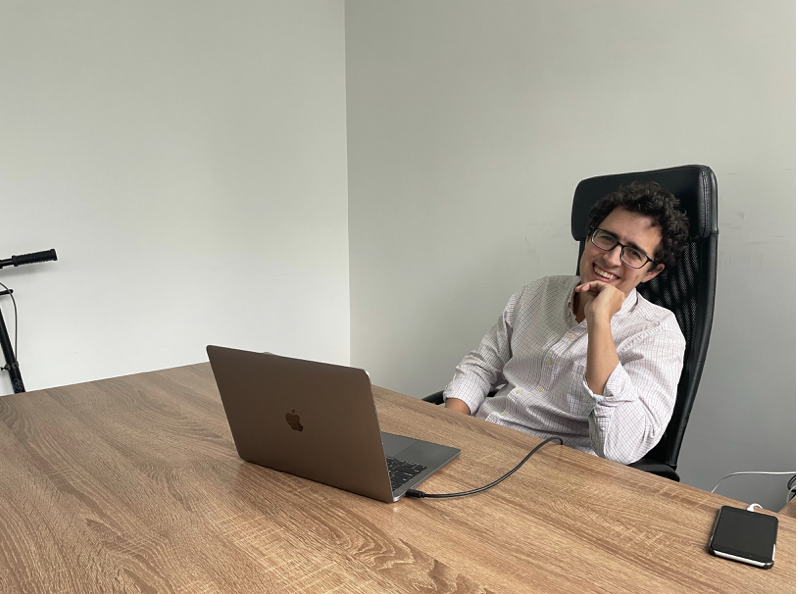
Gordon
[email protected]
